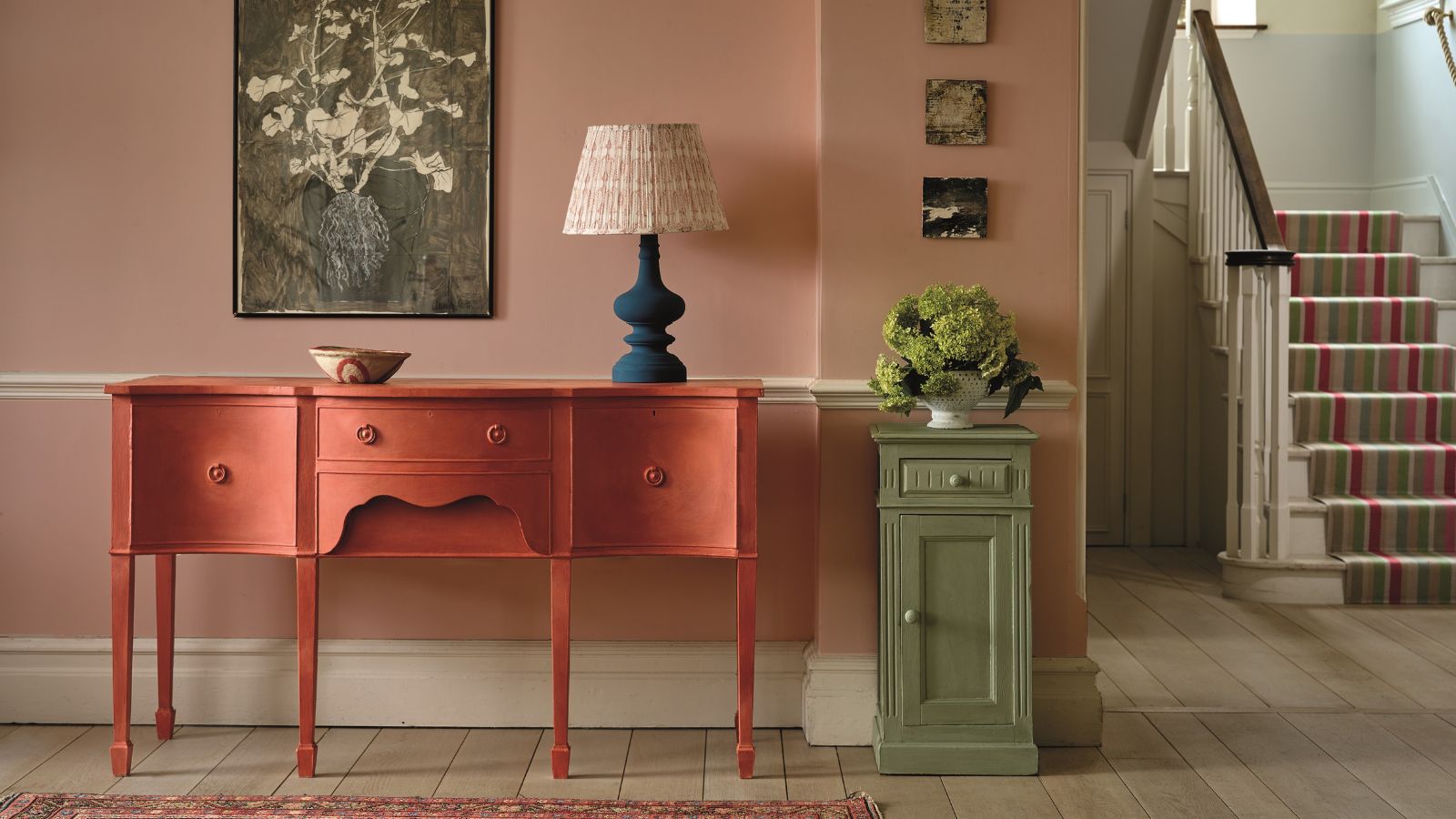
While it might seem obvious, when a house is overly cluttered and untidy, it can be difficult to pin down the exact root cause of all the mess, or where to start.
According to professional organizers, however, it's the 'accumulation pieces' that are getting in the way of your dream, streamlined space.
Here our panel of pros share their decluttering tips for identifying these key clutter-driving items and ridding your home of them for good.
What are common 'accumulation' pieces?
As Di Ter Avest, professional organizer and founder of Diisorganized, explains, 'Accumulation pieces are those little things that build up over time without you even realizing it.'
For example, how often do you find yourself buying new books compared to how often you find yourself decluttering books? This is something we're almost all guilty of, but as Di warns, 'Before you know it, you've got stacks everywhere, half of which you'll never read again,' or even read at all.
'Clothes can be another category, especially if you keep adding new pieces without letting go of the old ones,' she continues, taking time to implement the rules for decluttering clothes. 'Then there are decorative items – candles, vases, trinkets, and souvenirs – that seemed like a great idea at the time, but now, they just take up space.
'Paper clutter is another biggie – old magazines, receipts, and random paperwork that never actually gets dealt with,' leaving you desperately trying to get rid of paper clutter before it takes over your home.
'And let's not forget kitchen gadgets,' adds Di. 'That avocado slicer and mini waffle maker? If they're gathering dust, they're just part of the problem.'
Put simply, Ben Soreff, professional organizer at House to Home Organizing, surmises, 'Accumulation clutter is basically not random clutter,' and instead is items that traditionally have categories in our home, like books or clothes, that we either don't put away, or those that we find ourselves simply 'collecting.'
In contrast, items that don't typically come into our space, 'like a costume hat from a dress-up birthday party,' are examples of normal clutter, he advises. It's still recommended to employ some decluttering methods to clear these items too, but it's unlikely that they are the cause of all your mess.
All prices correct at time of publication.
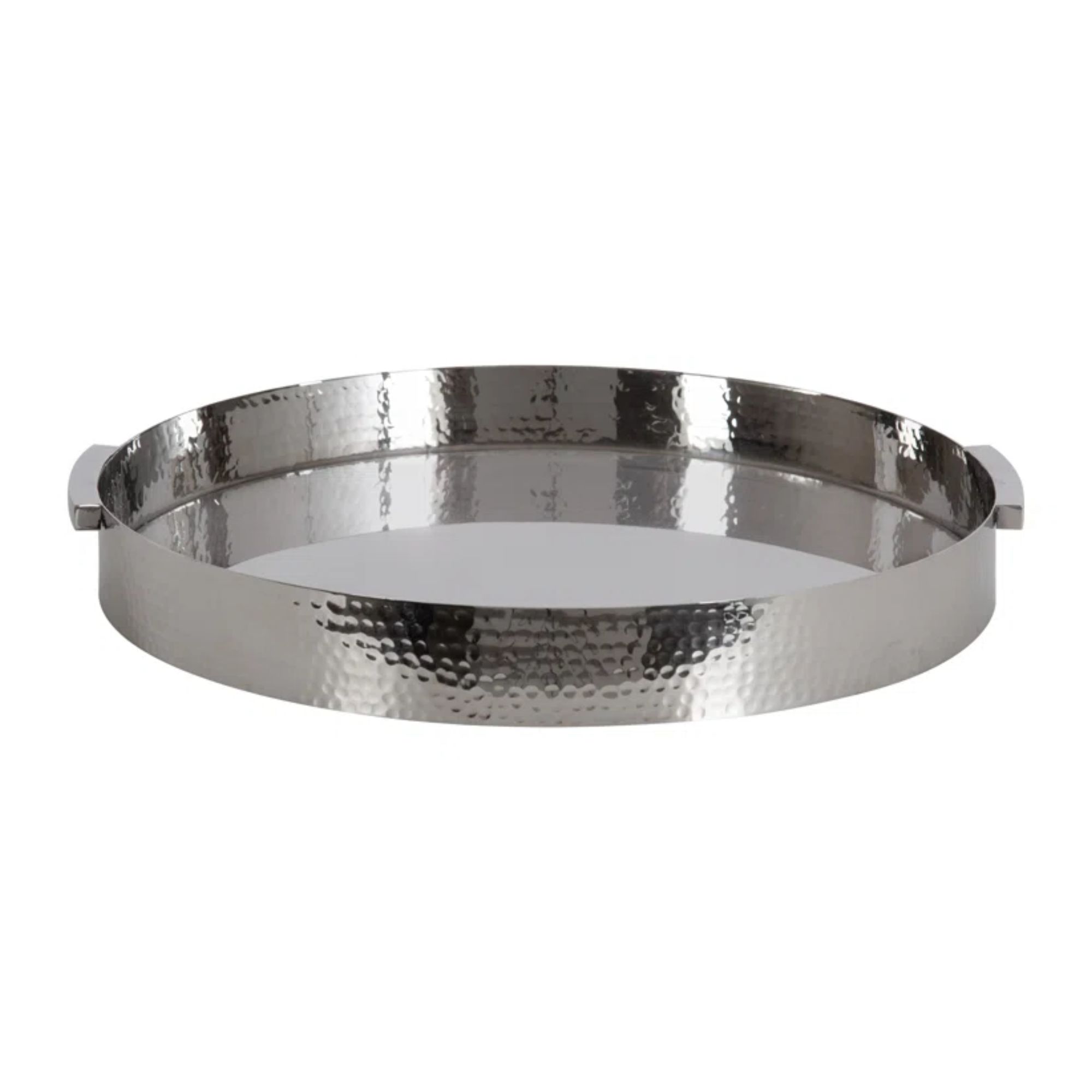
Corral decorative items like candles and trinkets on a decorative tray to keep them neatly in one place, rather than allowing them to spread all around your home.
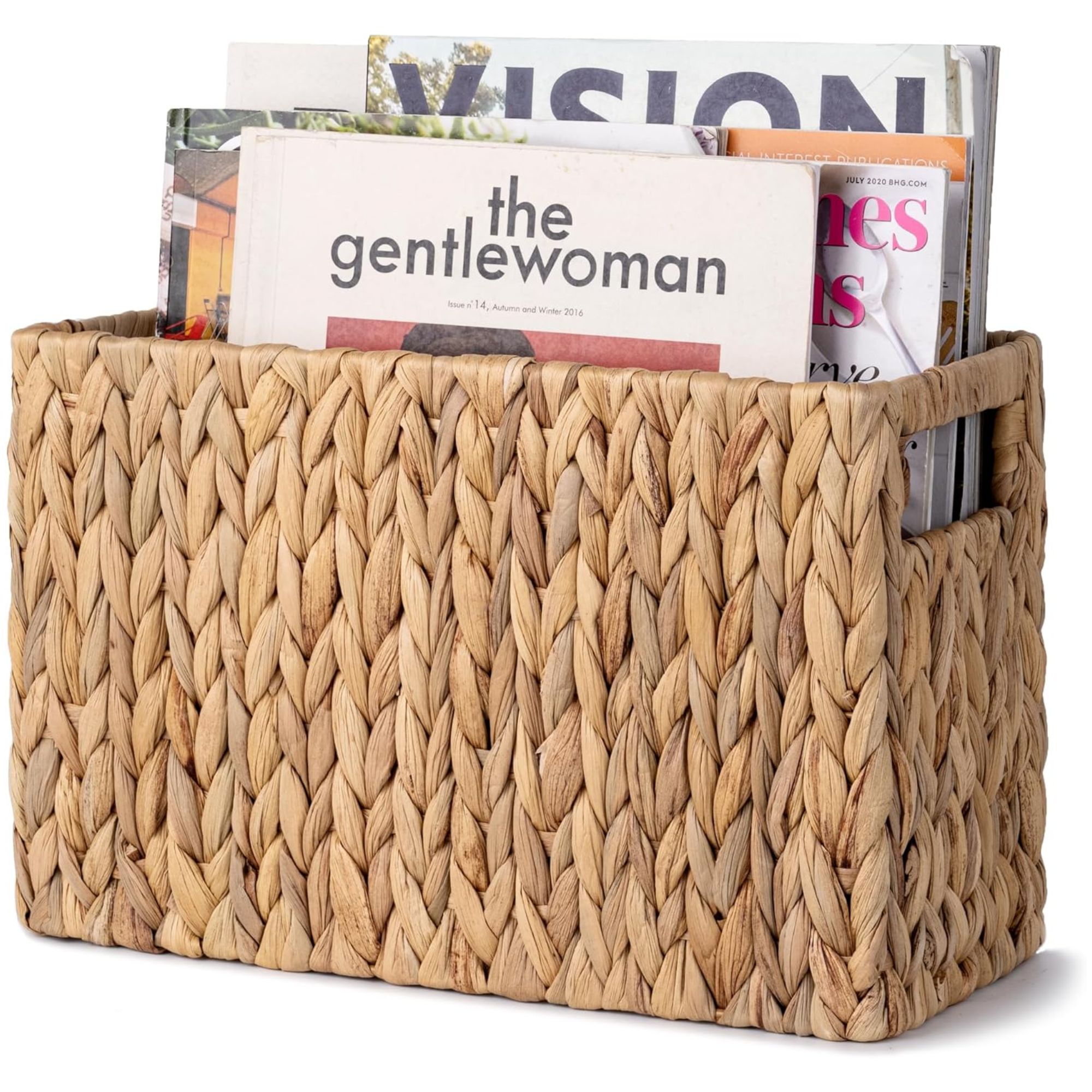
There's no saying that a stack of magazines can't look stylish, but, for any extras, keeping them stored in a rack stops them from causing visual clutter.
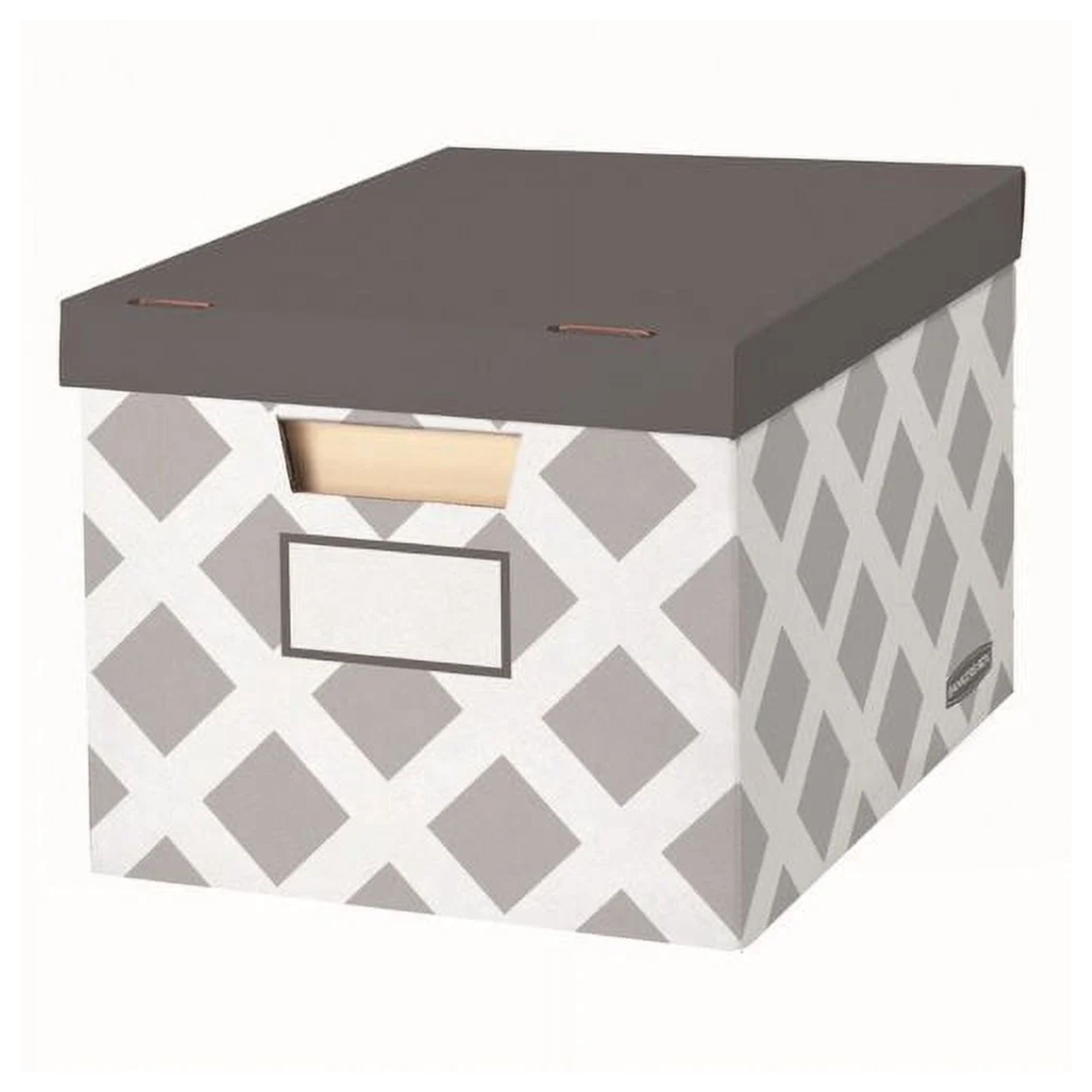
It might not be the most exciting or inventive of storage items, but a document box ensures paper clutter is hidden and organized.
How can you identify these problem areas?

According to Di, the key to identifying these problem areas is all about looking at your space with fresh eyes, which is also one of Marie Kondo's top tips for tidying before hosting.
'If you've got areas that always look cluttered no matter how much you tidy up, chances are, they're filled with accumulation pieces,' explains Di. 'Think about spots where things just seem to collect – your bedside table, bookshelves, countertops, or even the chair in your bedroom that's constantly covered in clothes.'
Even taking the time to declutter one at a time, starting with decluttering your nightstand, for example, can have a huge effect on your space, and really help to clear visual clutter in the bedroom.
'Another clue? Items you have, but never use,' continues Di. 'If you're constantly shifting things around to make room for new stuff, but those old things never actually get touched, that's a sign.
'Pay attention to the stuff that blends into the background – you don't even see it anymore because it's been sitting there for so long.'
For these items, we recommend using the 'Didn't Know' decluttering method and collecting them in a sturdy storage basket, such as the Mainstays Large Easy Access Plastic Storage Bin available at Walmart, before deciding whether to donate or sell the decluttered items.
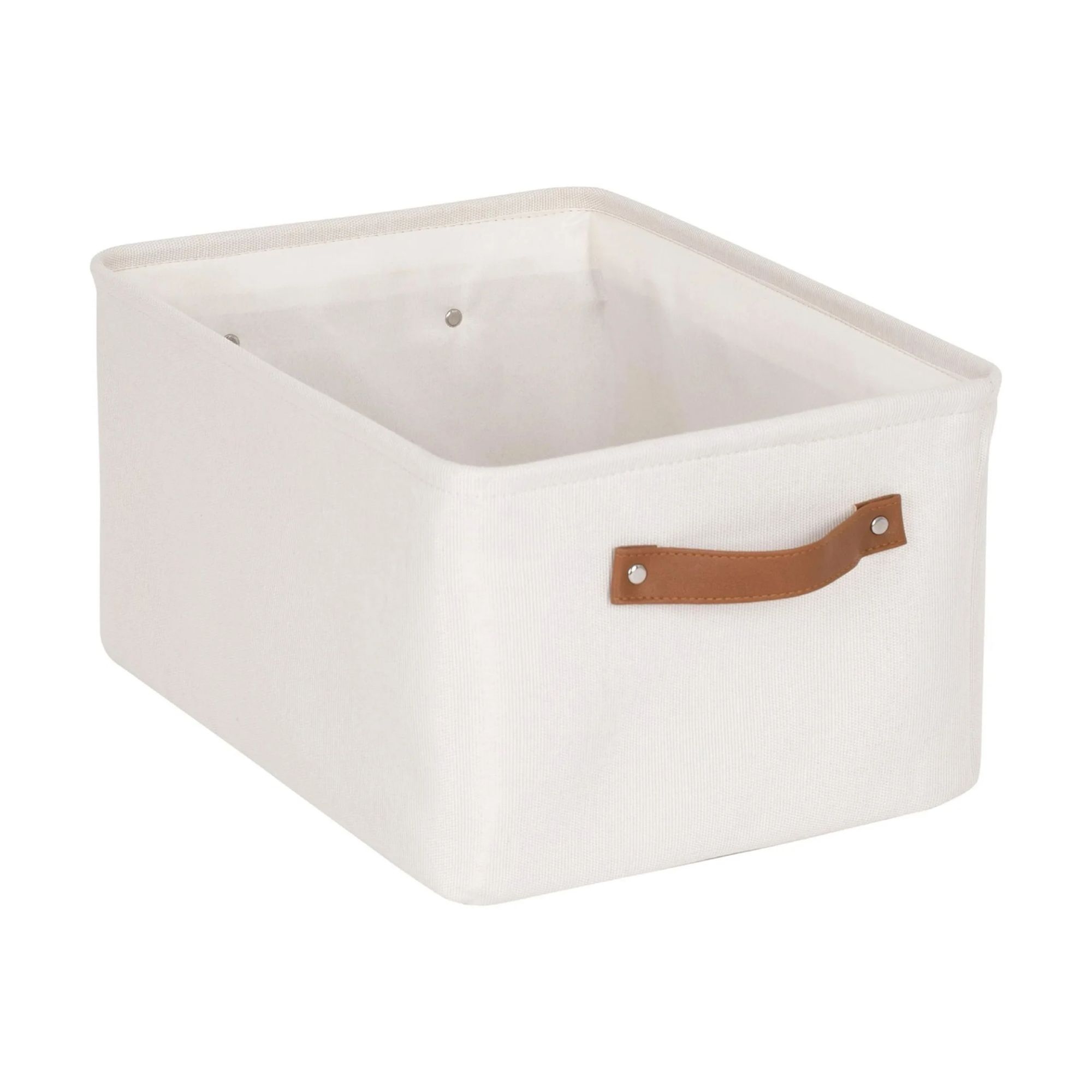
Opting for a lightweight storage basket with handles makes carrying items for donation to your car easy. This one has a durable and sturdy frame.
How to declutter 'accumulation pieces'

'The best way to tackle accumulation pieces is to go category by category,' advises Di. 'If it's books, take a hard look and ask yourself, "Would I buy this again today?" If not, it might be time to let it go.'
When it comes to capsule decluttering for your closet, Di recommends using the hanger trick, which is one of the easiest ways to declutter clothes fast if you're looking to cull a significant amount.
She explains, 'Turn all your hangers backward, and after a few months, donate anything you haven't worn.' This simple method is so effective for removing unnecessary items that are making your closet look cluttered.
'For décor, be honest about what actually adds to your space and what's just there because you never got around to moving it,' she adds, and for paper clutter, set a limit of six months and donate anything you haven't needed or looked at after that period.
'The key is to stop holding onto things "just in case,"' concludes Di. 'If it's not useful, meaningful, or truly bringing you joy, it's just taking up space.'
Meet our experts
One of the most difficult streamlining conundrums is knowing how to declutter as a maximalist. Rest assured – you don't have to compromise on style and taste. Instead, distinguish between intention and accumulation pieces to champion pieces you really love while getting rid of those you don't.







